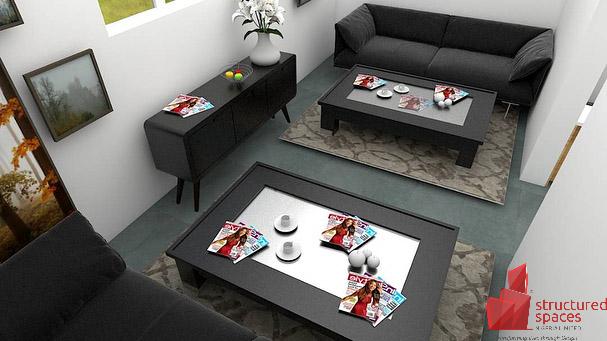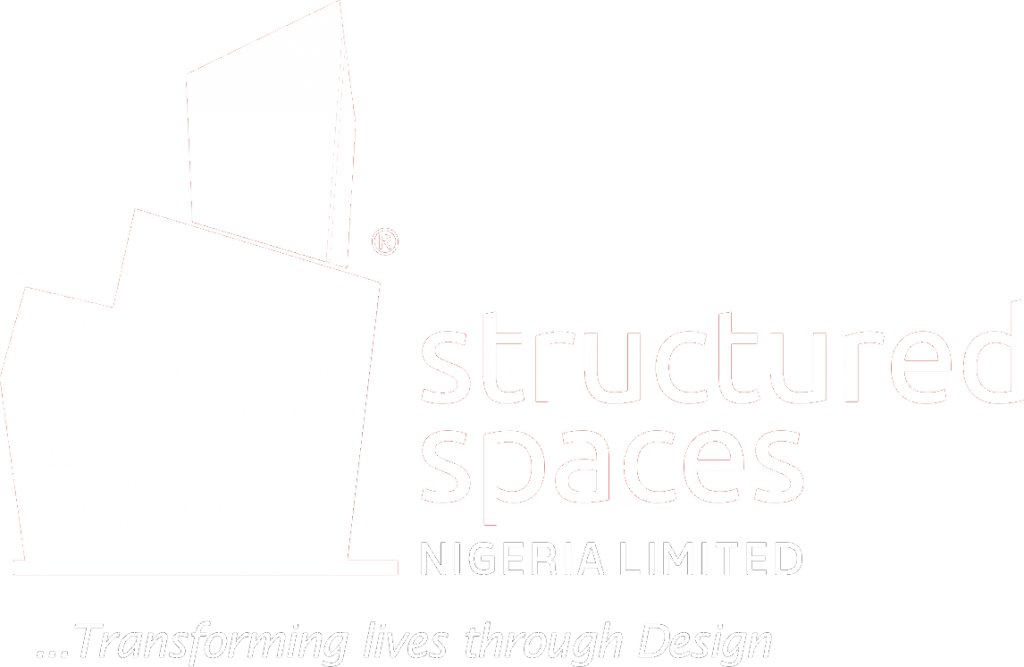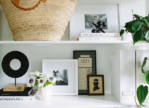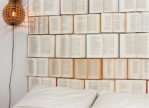Interior Design: The 7 Elements of Interior Design

The elements of interior, just like in art and architecture -which are integral parts of interior design- certain elements make up the creative process of interior design. Interior design is architecture for interior spaces and is as much art and science as architecture is.
There are 7 major elements a designer has to work within creating interior spaces. Some of these elements are similar to elements of art as it is an integral part of interior design. Aligning your design concept with the balancing of these elements is the key to a functional and pleasing design.
In no particular order, these are the elements and their relationship to the process of Interior design:
- Space
This is the foundation of interior design. Without space, there’s literally zero possibility of having a concept. Because where would you actualize it?! When you have a space to design, study it and understand how best you can exploit it. Also, it is important that there is a balance between negative and positive space. Positive space is occupied space while negative space is empty space. Don’t cramp up your space with too much stuff. It’s not pleasing or functional. Don’t also make it too sparse. Then there’s no character to your space.
Design style is a great influencer of space balance.
- Line
Lines are directional elements of interior design. They guide the eyes towards or away from a particular point in the space. Components like surfaces and furniture are composed majorly of horizontal lines. And they make a space appear wider and longer. Vertical lines as in doors and windows will make the space feel higher than it is. Other lines like diagonal or curved lines like in stairs capture more attention than horizontal and vertical lines and stimulate energy.
Designers try to implement all major types of lines but one must be more pronounced than others depending on the concept behind the design.
- Layout
This is the shape of the available space to be designed. It can either be geometric or organic and it is often easier to handle geometric layouts. Scale of the interior space should always be considered in order to place proportionally scaled components in them.
- Light
This one! Try to imagine the wold without light in it.do you feel any positive feelings? I doubt you do. Without light, space, lines, form can not be observed. Light helps us perceive colour and patterns.
Light could be natural -daylight- or artificial. Artificial light is further split into ambient, task and accent lighting. Ambient light totally fills a space with light, task lighting is specifically positioned for a certain task like a reading lamp on a desk, and accent light highlights and object, like lighting around a painting on a wall.
- Pattern
Pattern works with light. It can be described as a repetitive decorative element. Obvious patterns can be found on wallpapers and fabric. Subtle patterns exist. Like wardrobe and kitchen cabinet design or the arrangement of floor tiling. They show uniformity in a space
- Texture
In interior design, texture is the surface quality of a material and it plays a significant role in enforcing the concept behind a design. Minimally textured surfaces are usually used to create sleek, simple and contemporary design while more textured surfaces are used to envision more complex and sophisticated design. Texture can be tactile (perception by touch) or visual(perception by sight).
When designing interior, the way different texture will be combined will play a significant role on how users feel about the space. Lack of texture will inspire boredom and blandness and a lot of it may cause people to feel uneasy
- Colour
In interior design, colour is considered a mood setter for a space. It dictates to a large extent how a person would feel in a space. From the wall colour to furniture to flooring and the decorative elements, the colour scheme of a space should be selected to optimally fit the use of a space. Choosing a colour scheme is one of the important tasks for a designer in the creative process.
What mood does a client want for their space?
These 7 elements of interior design can be called the building blocks of interior design. Correct manipulation of and balancing of these elements will result in a concept that satisfies the purpose of the space. Harmonizing these elements is also very important.
We hope you enjoyed reading this enlightening article. Drop your questions and comments in the comment section. We hope you visit again!!!
Check out Project Tabitha for a peek into our recent design




